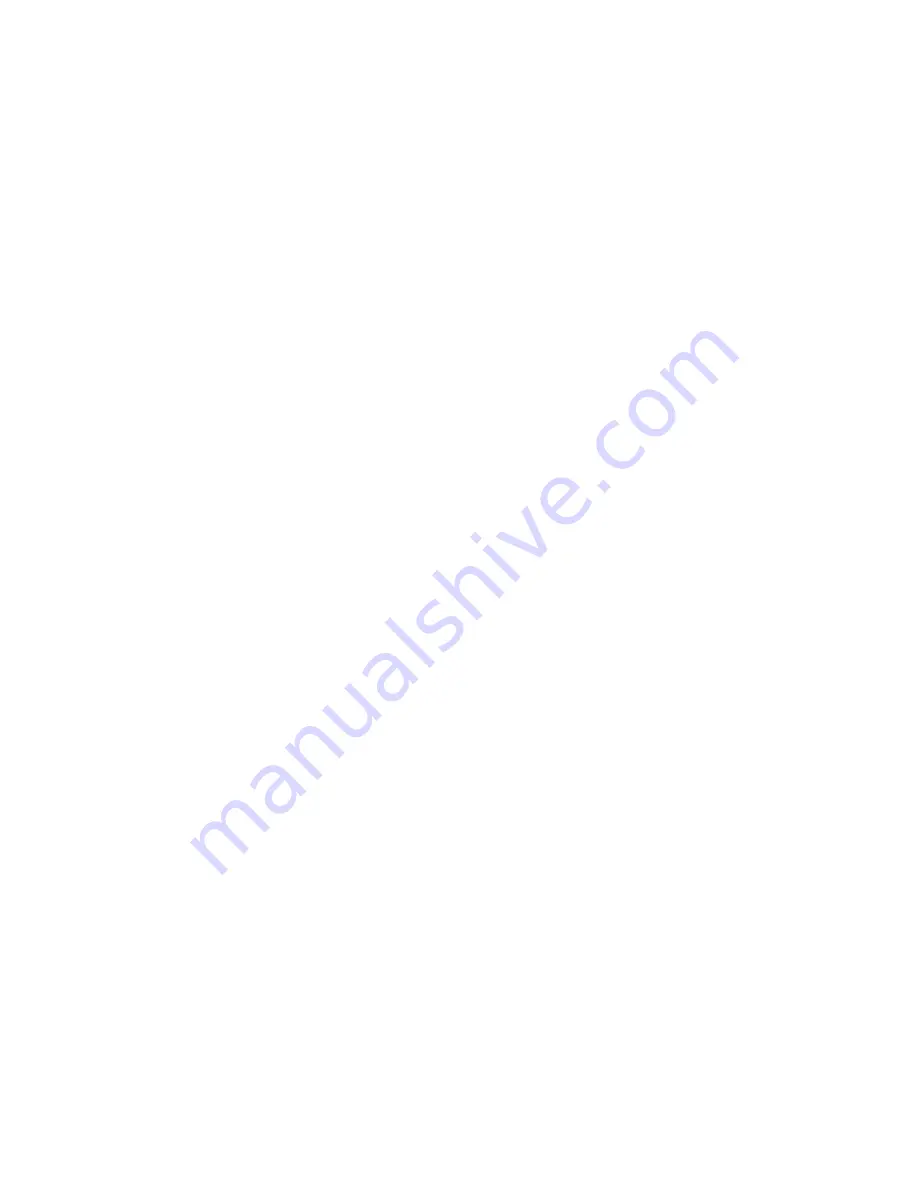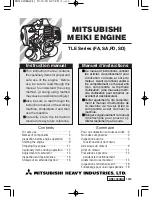
11
Checks during operation
While operating the engine, keep checking whether all parts of the engine are
operating smoothly and properly.
COOLING SYSTEM
If steam or coolant is escaping from the overflow tube; stop the engine, allow it
to cool, and check the following and correct as needed.
1. Check for cooling system leaks.
2. Check for obstructions that block cooling air.
3. Check and adjust the fan belt tension.
4. Ensure that the system is filled to the correct coolant level with the proper mix
of anti-freeze and water.
5. Check the radiator cap for proper type and condition.
IMPORTANT
To avoid personal injury :
DO NOT remove the manicooler cap while the engine is hot.
Pressurized steam or coolant will escape and cause serious injury to
you and any bystanders.
Open the cap at least 10 minutes after the engine is stopped.
OIL PRESSURE LED
The oil pressure LED comes on when the oil pressure drops below a safe level. If
the lamp comes on while the engine is operated at or above 850 rpm,
immediately stop the engine and check the engine oil level.
FUEL
The fuel tank should never be allowed to become completely empty. An empty
tank will allow air into the fuel system; and the engine will not operate without
bleeding the fuel system.
EXHAUST SMOKE
The engine exhaust should be colorless during normal operation within the rated
output of the engine. Continuous dark emissions or smoke may indicate improper
usage or an engine malfunction.
STOP THE ENGINE IMMEDIATELY:
1. If the engine speed suddenly changes.
2. If there is an unusual noise.
3. If the engine exhausts suddenly darkens.
4. If the oil pressure, temperature light or alternator comes on.











































